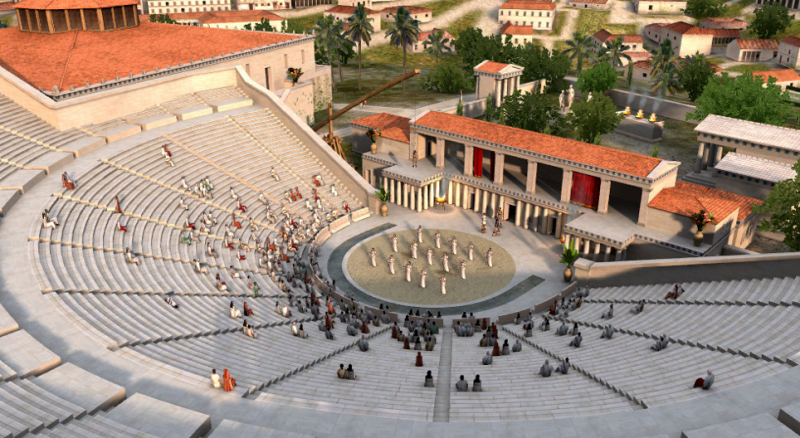His theater in Athens is the oldest known Greek theatre
The "Theatre of Dionysus" in Athens, discovered in the 1800s by German architect and archaeologist Wilhelm Dorpfeld, is considered the world's oldest theater. The ruins of the theater lay exactly north of the shrine of Dionysus on the southern slope of the Acropolis hill in Athens. The majority of the surviving ruins date from Lycourgos' massive theater construction in the second half of the 4th century BCE.
The theater had achieved its maximum capacity at this point, and it could have sat up to 17000 people. The core of the theater is thought to date from the sixth century BCE. During the 5th century BCE, the Dionysian festival of City Dionysia (Greater Dionysia) became strongly tied with Greek theater. Sophocles, Euripides, Aeschylus, and Aristophanes were among the ancient playwrights who presented their works here. These plays are credited as being the catalyst for the creation of theater in Western culture.
Only 20 of these parts have been maintained to this day. Some of the thrones include inscriptions indicating that they belonged to chosen monarchs, while others were intended for citizens. The most magnificent seat, however, was carved with grape bunches and the phrase Priest of Dionysus Eleftherius. Over the last few years, significant efforts have been made to rehabilitate Dionysus' old theatre so that it can once again stage theatrical performances.












